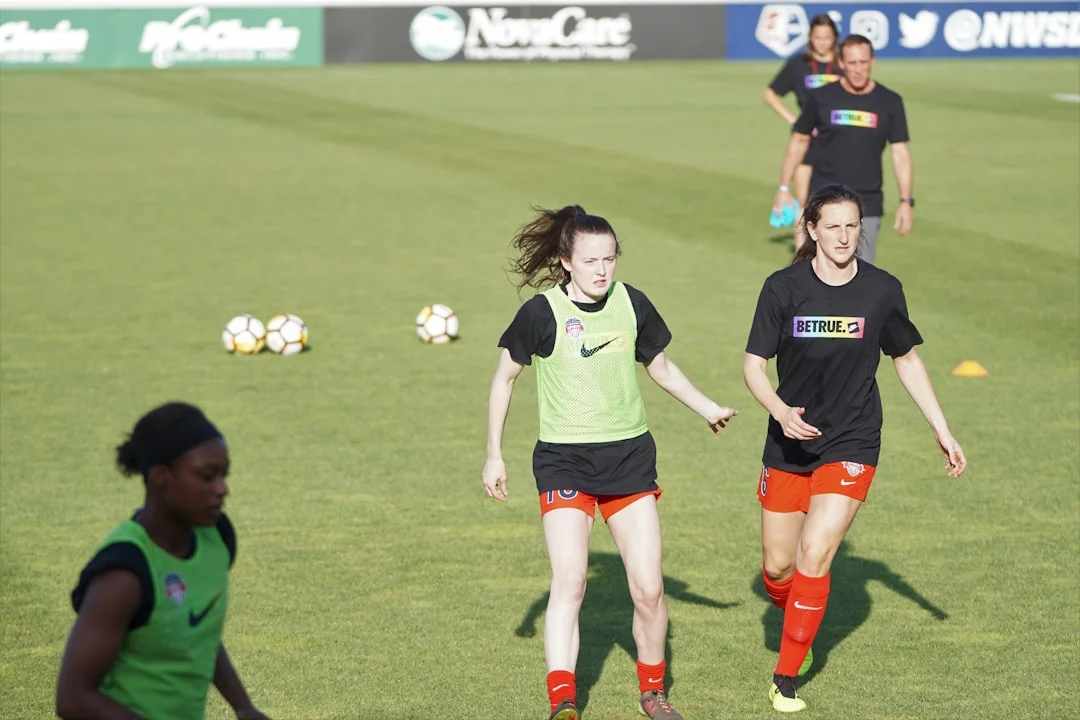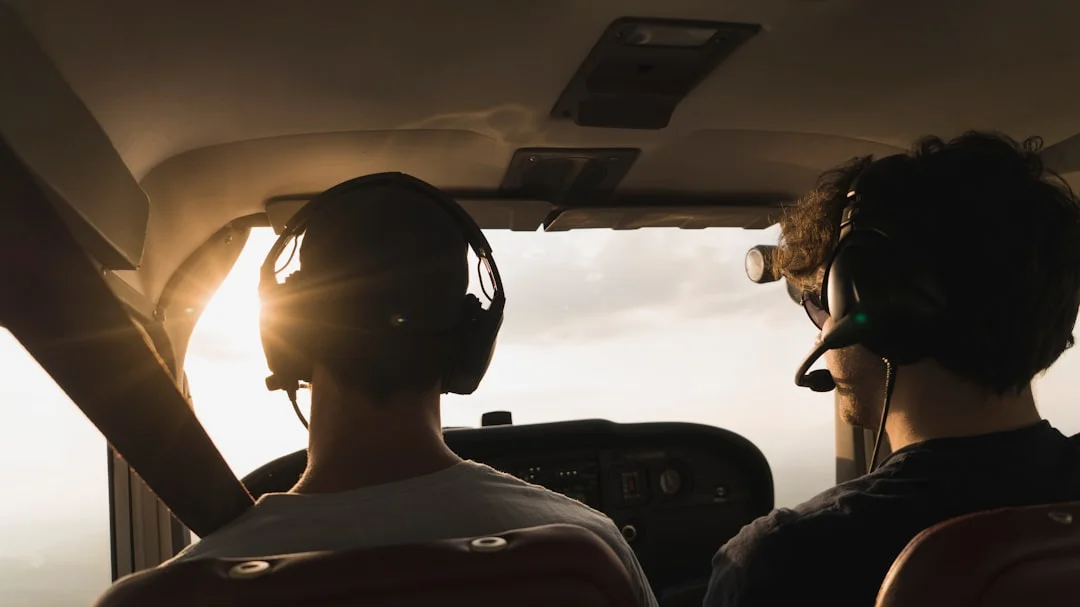In the field of aviation, there are several important terms that pilots, engineers, and aviation professionals need to be familiar with. One such term is Performance Degradation Allowance (PDA). PDA refers to the margin or tolerance given for the decrease in a component or system’s performance over time or under certain conditions. It allows the aviation industry to ensure safe operations by accounting for the potential decline in performance due to wear and tear, environmental factors, or other variables.
Performance Degradation Allowance, often abbreviated as PDA, plays a crucial role in maintaining the safety and reliability of aircraft and their components. It allows engineers and operators to anticipate and compensate for performance losses, ensuring that the system or component remains within acceptable limits throughout its operational life.
The Importance of Performance Degradation Allowance
Performance Degradation Allowance is essential in aviation because it takes into account various factors that can impact the performance of aircraft systems and components. These factors include:
1. Wear and Tear: Over time, components and systems in aircraft can experience wear and tear due to constant use and exposure to various operating conditions. This gradual deterioration can lead to a decline in performance. PDA allows for this natural degradation and ensures that performance remains within acceptable parameters.
2. Environmental Conditions: Aircraft are designed to operate in a wide range of environmental conditions, including extreme temperatures, high altitude, and adverse weather. These conditions can affect the performance of systems and components, causing them to operate at a reduced capacity. PDA accounts for these environmental factors and provides a safety margin to compensate for their impact.
3. Variation in Operating Conditions: Aircraft are exposed to a variety of operating conditions, including different flight profiles, engine power settings, and loads. These variations can lead to differences in performance, and PDA allows for these deviations by providing a tolerance for the expected changes in performance under different operating conditions.
PDA: A Crucial Aspect in Aircraft Maintenance
Performance Degradation Allowance is closely associated with aircraft maintenance and plays a pivotal role in ensuring the airworthiness of aircraft. The following are some key aspects where PDA is considered:
1. Component Replacement: When a component reaches its performance degradation allowance, it is usually replaced or overhauled to maintain the desired level of performance. For example, in jet engines, certain parts like turbine blades or compressors may need to be replaced after a specific period or a certain number of flight cycles to ensure optimal performance and safety.
2. Maintenance Planning: PDA is an important factor in determining maintenance intervals and schedules. By considering the performance degradation allowance, maintenance personnel can plan inspections, repairs, and replacements to ensure that critical systems and components are in good working order and within acceptable performance limits.
3. Safety Considerations: PDA provides an additional safety margin by accounting for the potential decline in performance. This margin helps to mitigate the risks associated with unexpected failures or malfunctions, ensuring that the aircraft remains safe and operational.
It is important to note that the performance degradation allowance is not a fixed value for all components or systems. The specific PDA for each component is determined through rigorous testing, analysis, and certification processes. Manufacturers and regulatory authorities set limits and guidelines to ensure that the performance degradation allowance is appropriate and provides an adequate safety margin.
Overall, Performance Degradation Allowance is a critical concept in aviation that ensures the continued safe and reliable operation of aircraft systems and components. By accounting for wear and tear, environmental conditions, and variations in operating conditions, PDA allows for proactive maintenance and helps to prevent unexpected failures. It is a cornerstone of aviation safety and an integral part of aircraft maintenance processes.




